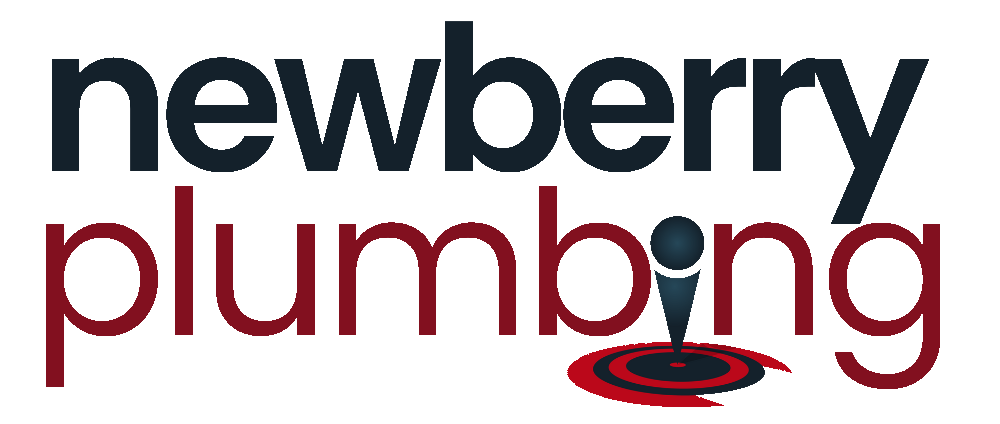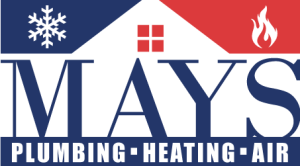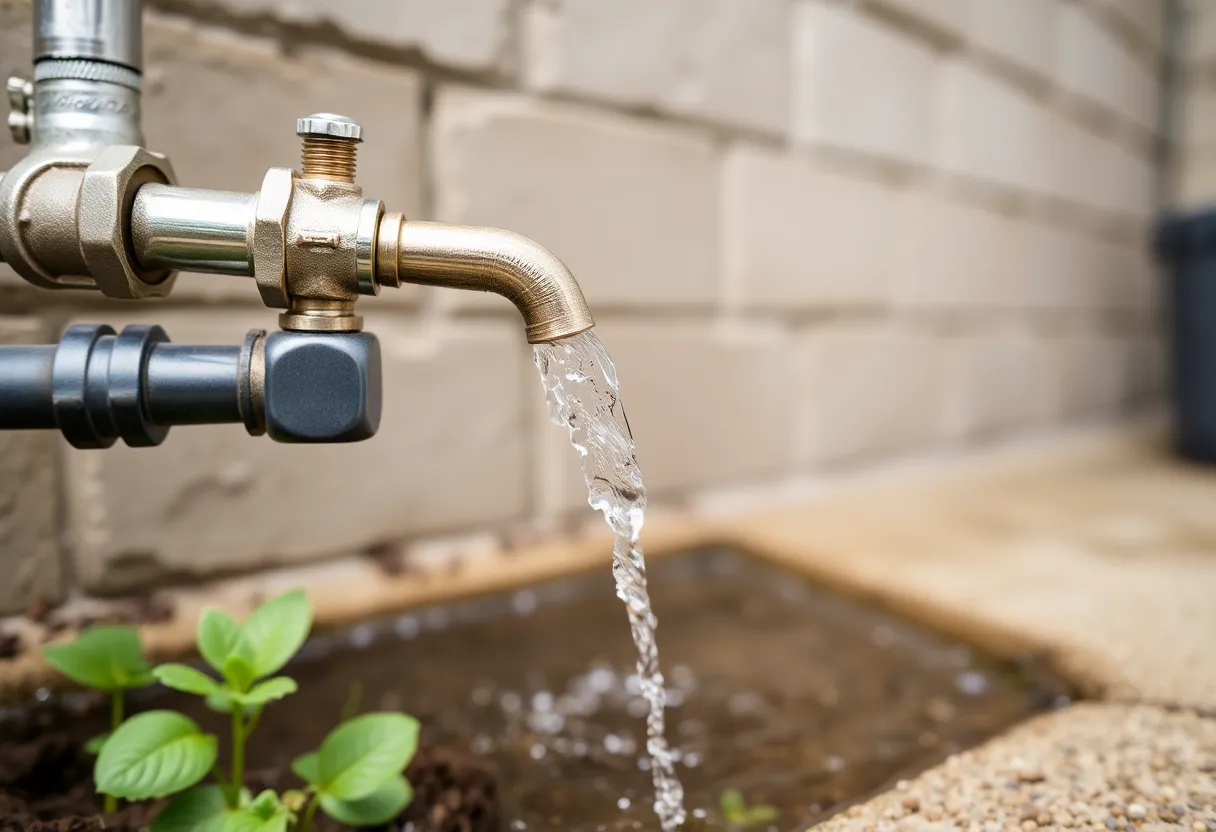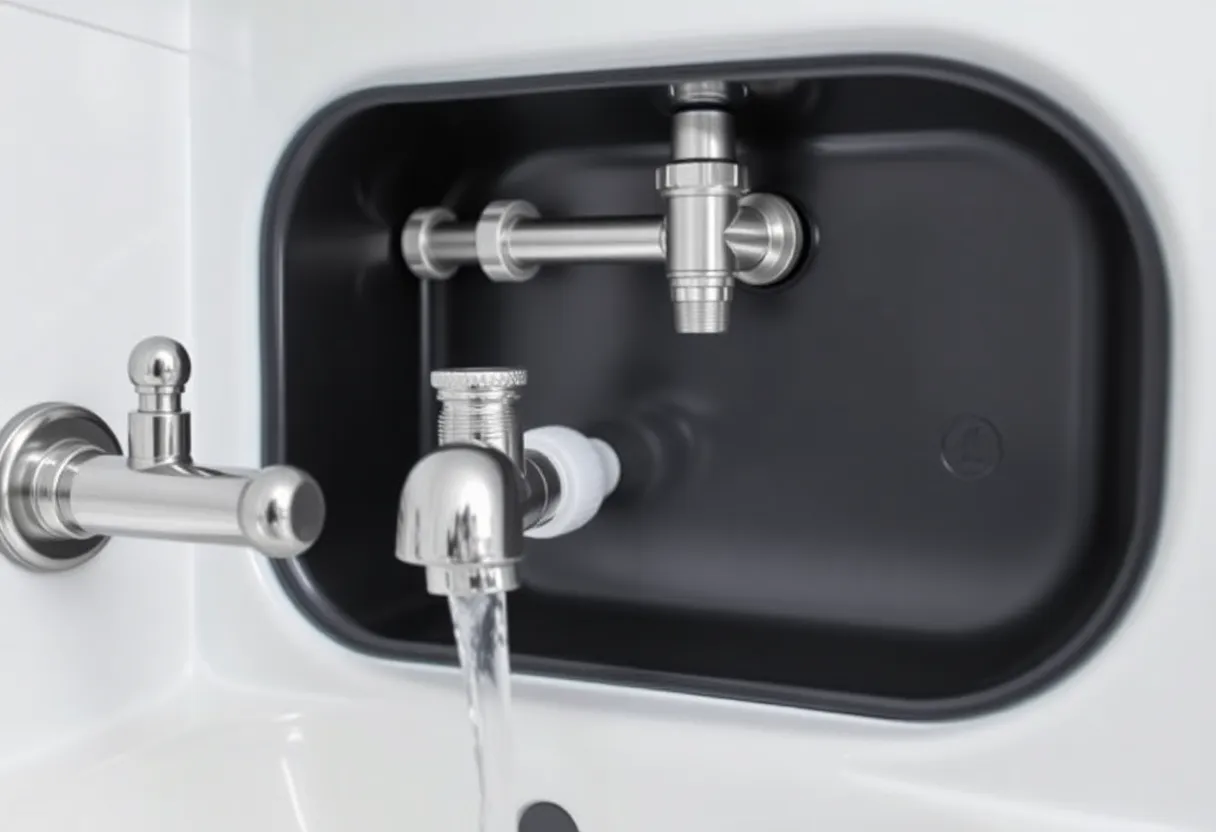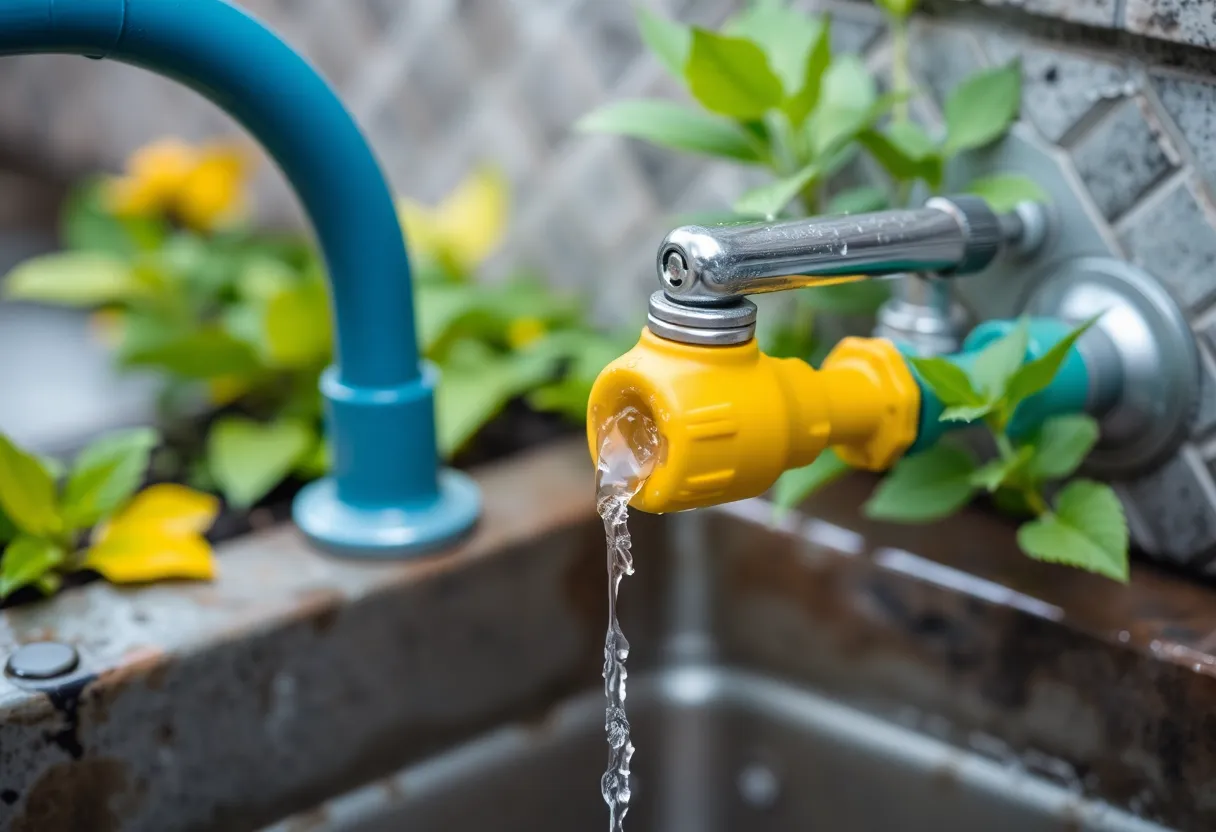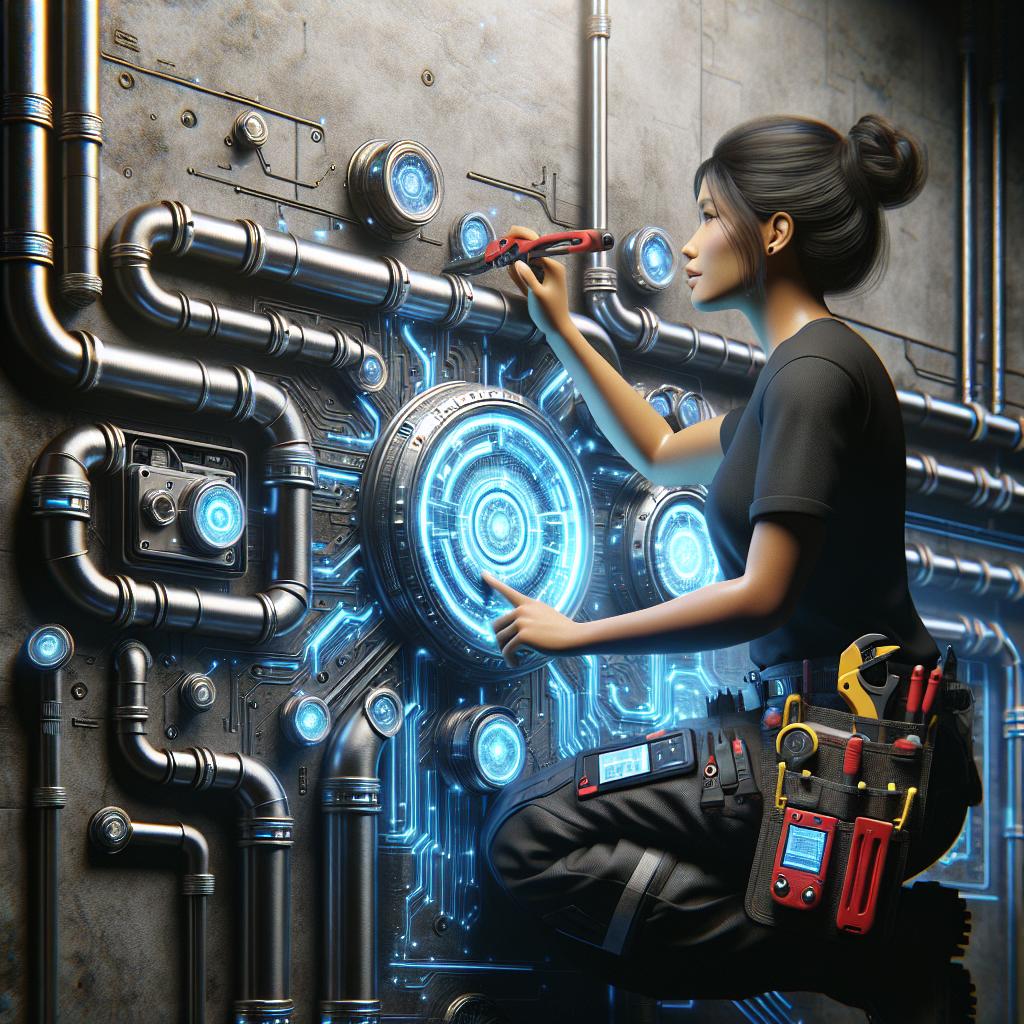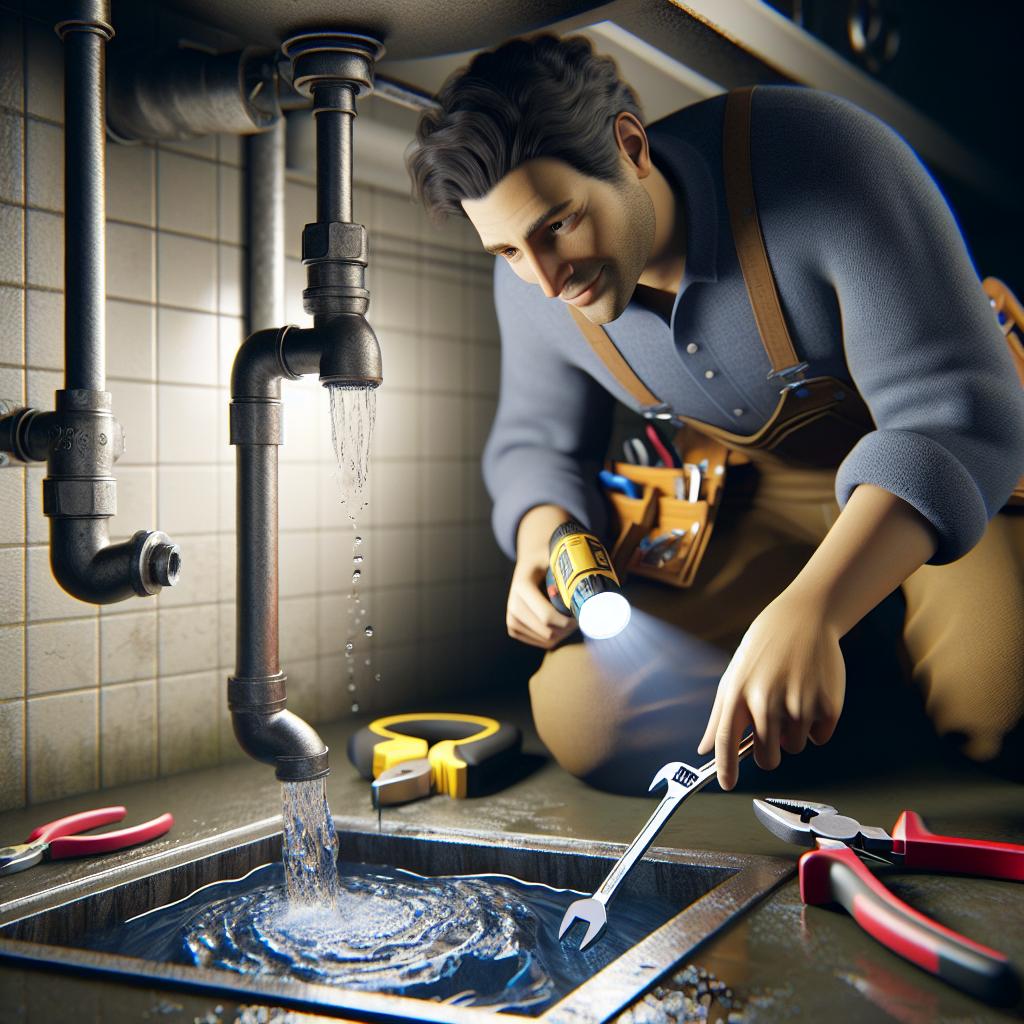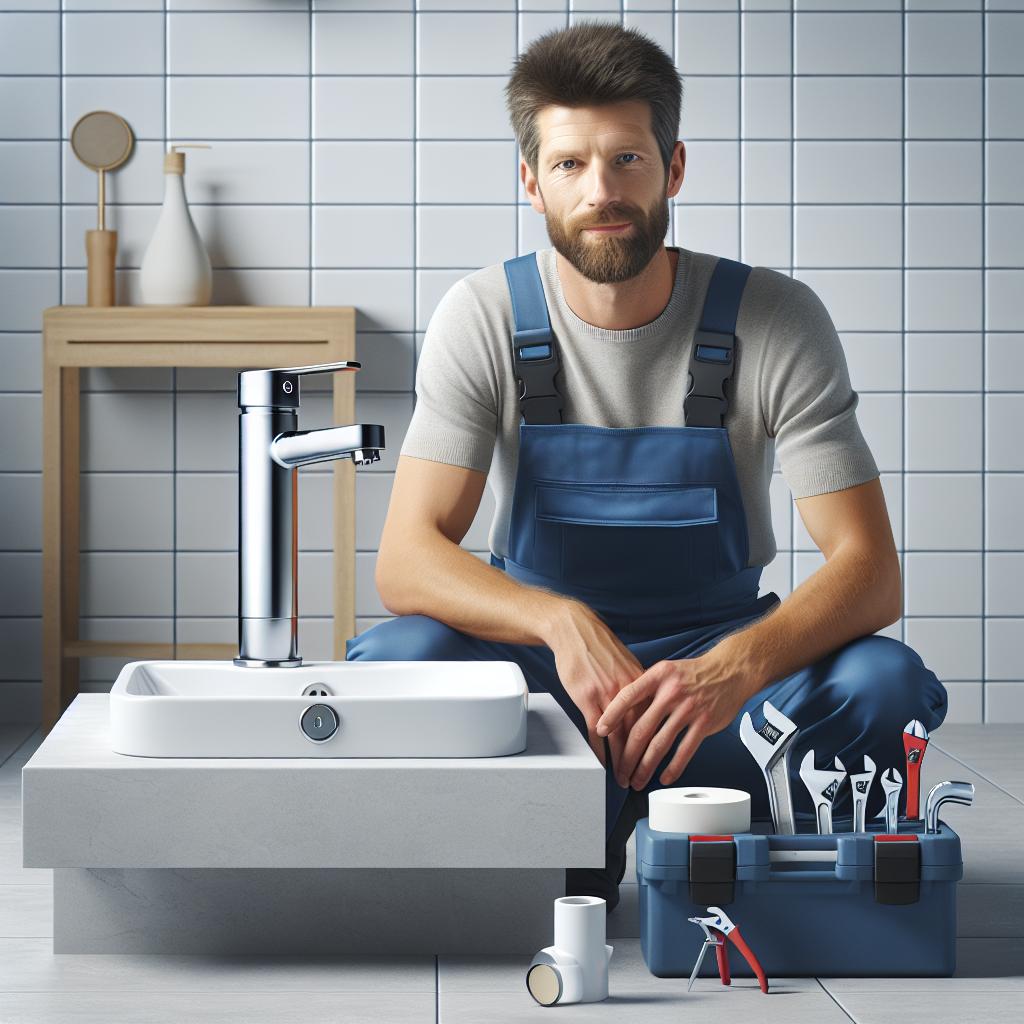Unplugged Potential: 10 Surprising Plumbing Tricks to Enhance Your Home’s Efficiency
In our quest to create a more sustainable and efficient living environment, *plumbing* often remains overlooked. However, plumbing plays a crucial role in both our daily lives and the environment. The good news? Enhancing your home’s efficiency can be easier than you think. In this article, we’ll explore 10 surprising plumbing tricks that can lead to significant improvements in your home’s overall efficiency.
1. Insulate Your Pipes
One of the simplest and most effective ways to enhance your home’s plumbing efficiency is to insulate your pipes. Cold water pipes can sweat in warmer temperatures, leading to wasted water. On the other hand, allowing hot water pipes to lose heat can result in increased energy usage. By wrapping your pipes in insulation sleeves, you can:
- Reduce heat loss from hot water pipes
- Prevent condensation on cold water pipes
As a result, you’ll not only save on energy bills but also reduce water usage significantly.
2. Install Low-Flow Fixtures
Upgrading to low-flow fixtures is another simple yet effective trick. These fixtures are designed to reduce the flow of water without sacrificing pressure. Here are some examples:
Low-Flow Showerheads
Low-flow showerheads can drastically minimize water consumption during showers. They maintain pressure while using less water, leading to *significant savings on your water bill*.
Low-Flow Toilets
Old toilets can waste around 3-5 gallons of water per flush, whereas low-flow toilets use less than 1.6 gallons. This can drastically cut down on your household’s water usage while still providing effective performance.
3. Utilize Water-Efficient Appliances
Consider upgrading your appliances to more efficient models. Appliances like dishwashers and washing machines consume a lot of water, and older models may use more water than newer, energy-efficient ones. Energy Star rated appliances are designed to save both water and energy. By investing in these appliances, you can:
- Reduce overall water consumption
- Lower your utility bills
This switch will not only contribute to a more efficient home but also have a positive impact on the environment.
4. Regular Maintenance Checks
Routine maintenance checks are vital to prevent leaks and system failures. Regularly inspecting your plumbing system can identify minor issues before they escalate. Here’s what you can do:
- Check for leaks under sinks
- Inspect visible pipes for signs of corrosion
- Examine toilet flappers for leaks
By staying ahead of these issues, you can save up to 10% on your water bill by minimizing unnecessary usage from leaks.
5. Install a Water Softener
Hard water, which contains high levels of minerals like calcium and magnesium, can lead to scale buildup in pipes, reducing efficiency. A water softener can help:
- Eliminate scale buildup
- Improve the lifespan of your plumbing
- Enhance the effectiveness of soaps and detergents
By softening the water in your home, you can ensure that the plumbing system operates at its best, saving you time and money in the long run.
6. Address Toilet Running Issues Promptly
A running toilet can waste a significant amount of water, often undetected. If you notice a toilet that runs intermittently or continuously, take action. Common causes can include:
- Faulty flapper
- Improper float levels
- Leaking fill valves
By repairing or replacing these components, you can save around 200 gallons of water a day, an enormous difference in your household’s water usage.
7. Choose Eco-Friendly Drain Cleaners
When it comes to clearing clogs, many people reach for commercial drain cleaners that contain harsh chemicals. Instead, consider gentle, eco-friendly alternatives such as:
- Baking soda and vinegar
- Boiling water
These options are effective while being kinder to your plumbing system and the environment. Regular maintenance using these natural methods can help prevent significant clogs and keep your plumbing operating efficiently.
8. Modify Your Irrigation System
If you have an outdoor irrigation system, consider adjusting how it functions. Use timers and sensors to regulate when and how much water is being used. Here are a few modifications to consider:
- Use drip irrigation systems to deliver water directly to the roots
- Adjust watering schedules based on weather conditions
- Regularly check for leaks in hoses and connections
Taking these steps not only conserves water but may also improve the health of your plants.
9. Implement Rainwater Harvesting
Another innovative way to improve your home’s efficiency is by collecting rainwater. Rain barrels can be placed under downspouts to capture runoff from roofs. Here are some benefits:
- Supplement your irrigation systems
- Reduce stormwater runoff
- Lower your water bill
By utilizing rainwater for gardening or even washing your car, you minimize your reliance on municipal water sources, contributing to a more sustainable ecosystem.
10. Know When to Call a Professional
Finally, understanding when to reach out for professional help can prevent minor issues from becoming costly repairs. If you encounter any persistent plumbing problems or if you’re unsure about handling repairs yourself, it’s always best to consult with a qualified plumber.
Tips for Finding a Good Plumber:
- Ask for referrals from friends or family
- Check online reviews
- Ensure they have proper licenses and insurance
Having a reliable plumber on hand can assist in maintaining your plumbing system and enhancing overall efficiency.
Conclusion
By integrating these 10 surprising plumbing tricks into your home maintenance routine, you will not only enhance your home’s efficiency but also contribute positively to the environment. These straightforward steps can lead to substantial savings on utility bills, help conserve natural resources, and improve your quality of life. So, take the plunge into these plumbing tips and unlock the *unplugged potential* of your home!
